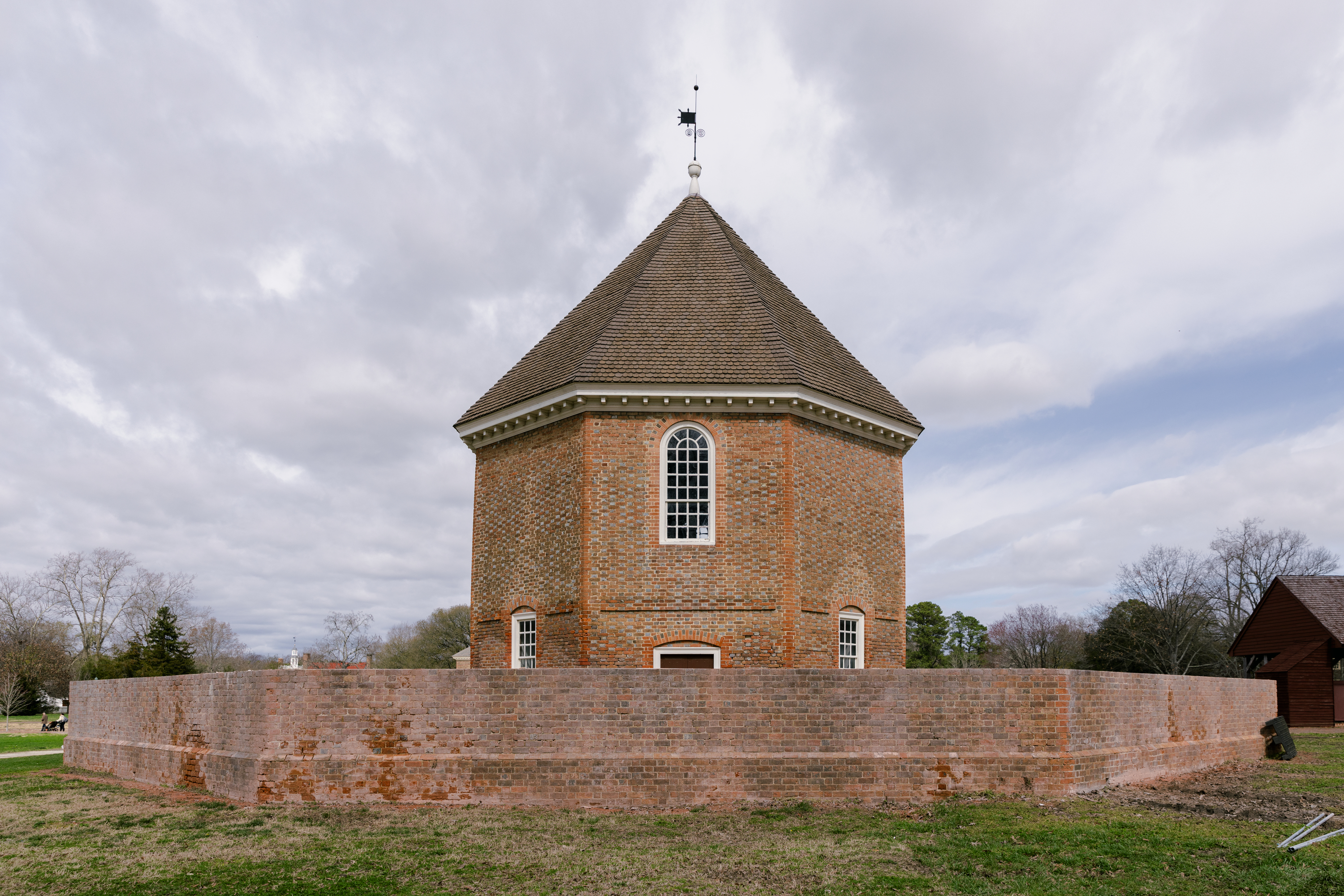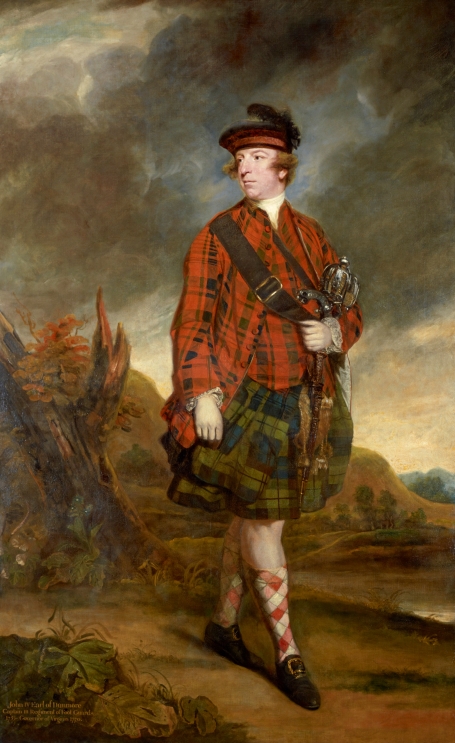The year 2026 marks the 250th anniversary of the Declaration of Independence. Cardinal News has embarked on a three-year project to tell the little-known stories of Virginia’s role in the march to independence. As part of this, I’m writing monthly columns about the politics of the era, written the same way I’d write them today. The events described here took place in May1775. You can sign up for our monthly newsletter here:
Armed conflict in Virginia is averted — for now — but war is spreading in the north, and no one is under any illusions that it won’t soon come here.
When I last updated our readers on the climactic events unfolding in Williamsburg and beyond, shooting had already broken out in Massachusetts at the little towns of Lexington and Concord while in Virginia, our royal governor had seized gunpowder from the capital’s storehouse, prompting armed militias to rise up across the Colonies.
All these actions stem from a single source: London’s fear of unrest in the colonies, a fear that has bought on the very thing Britain wants to avoid. In December, the British government warned its royal governors to restrict Colonists’ access to guns and gunpowder. The Virginia Gazette in Williamsburg reported this ominious news — thank goodness for a free press that isn’t beholden to authority — and that has set off a scramble for those arms and ammunition. It was the British attempt to seize military supplies in Massachusetts that led to last month’s armed conflict in that Colony. In Virginia, Lord Dunmore tried the same thing, by sending British marines into Williamsburg under cover of darkness to spirit gunpowder out of The Magazine and onto a naval vessel in the James River. 
Dunmore tried to assuage Colonial access by explaining that he feared an uprising of enslaved laborers and didn’t want the powder to fall into the hands of slaves. That cooled some heads, but not others — who saw the situation just the opposite: The Colonial lack of access to ammunition might make a slave uprising more likely, not less. At last report, one county after another were debating whether to call out their militias and send them to Williamsburg.
We can now report that some of them did. 
Dunmore’s initial move to seize the powder might have been enough for some counties but not others. However, when Dunmore warned that if anyone marched on Williamsburg, that he “would declare Freedom to the Slaves, and reduce the City of Williamsburg to Ashes” was enough to push the others into what amounts to open rebellion against royal authority. (The news from Massachusetts, which arrived in Virginia about a week after the bloodshed in Lexington and Concord, has further agitated public opinion).
To no one’s surprise, one of the central figures in what happened next was Patrick Henry, that fiery Hanover County lawyer and legislator who for years now has led opposition to the crown and just this spring is said to have declare “give me liberty or give me death.”
Henry was on his way to Philadelphia, as one of Virginia’s delegates to the unsanctioned (by Britain) Continental Congress that has been organizing resistance to Britain’s taxation of the Colonies. A messenger caught up with Henry before he crossed the Hanover County line, and he turned around. On May 2, the Hanover militia — with Henry at its head — began marching to Williamsburg, demanding that the governor pay for the powder or pay for it.
The following day, Dunmore ordered militias to return home. They did not, yet another open defiance of the crown’s appointed minister in Virginia. Dunmore saw “all appearances of actual war” and repeated his earlier threat: “If a large body of people” came within 30 miles of Williamsburg, he would issue an emancipation proclamation to free the slaves. I need not tell you that nothing alarms white Virginians more than the prospect of their enslaved laborers being set free.
At that point, a clash seemed inevitable between two of the most unmoveable men in Virginia — the hot-headed Henry and the intransigent Dunmore. The governor seemed to fear the worst: He fled the capital and took up residence on a British ship. “I shall remain here until I am forced out…as I cannot expect to make any effectual resistance in this place against the numbers that are said to be moving against me,” Dunmore said. “I shall be forced…to arm all my own Negroes, & receive all others that will come to me, whom I shall declare free.” Once again, we see the governor moving closer — or at least threatening to move close — to the forbidden idea of emancipation.
A repeat of the bloody events in Massachusetts might well have played out in Virginia had it not been for the unexpected intervention of Peyton Randolph. Henry’s militia made it to New Kent County, 16 miles from the capital, well within the 30-mile zone the governor had declared, when he was met by some of his fellow delegates to the Continental Congress, most notably Randolph, both speaker of the Virginia House of Burgesses and president of that unofficial (in t he eyes of Britain) congress in Philadelphia. Randolph urged Henry to avoid an actual armed conflict. Given the size of his militia, Henry might well have overrun the British garrison in Williamsburg. Certainly there would have been bloody fighting. Dunmore, we have learned, wrote to London, that he was confident he could “collect from among the Indians, negroes and other persons” a force sufficient to repel Henry’ militia. Instead, negotiations played out and in the end, Henry settled on a payment of £330 (modern editor’s note: The equivalent of $60,235 today).
The powder stayed on the ship, a practical victory for Dunmore. Politically, though, the governor seems to have been humiliated, his standing reduced to the “ashes” that he threatened on Williamsburg. Benjamin Waller, a Williamsburg lawyer, has advised the governor that he had forfeited “the Confidence of the People not so much for having taken the Powder as for the declaration he made of raising and freeing the Slaves.”
Having crossed that line, the governor may never recover his authority, except whatever is enforced at the point of arms. Dunmore has since returned to the palace, but his power seems gone. On May 6, he issued a decree ordering Virginians not to cooperate with Henry, who, the proclamation said, had led “deluded followers” to march “in open defiance of law and government” and “committed . . . acts of violence,” one of which was “extorting” £330 from the colonial treasury for the gunpowder. The proclamation warned that anyone assisting Henry would invite “the vengeance of offended Majesty.”
The reaction to this decree? No fewer than 15 county committees promptly passed resolutions in support of Henry and local militia escorted him as he returned on his journey to Philadelphia, to protect him from whatever royal agents might be in pursuit. When Henry reached the Potomac River and crossed into Maryland, the Virginia militia cheered. There can be no doubt: Dunmore might be Virginia’s leader by law but in the eyes of many, Henry is now the one we look to for guidance.

We will surely need that guidance in the days ahead. On May 10, two momentous events transpired. In Philadelphia, the Continental Congress gaveled in for another session. Further north, a company of militia volunteers from Connecticut and Massachusetts surprised the British garrison at Fort Ticonderoga in New York. “Come out, you old rat!!” militia leader Allen declared. The small British force surrendered without firing a shot. The fort itself is insignificant, but does represent a key supply depot between Quebec and New York, and is said to contain quite a haul of cannons, which the militias may find useful. Symbolically, though, it is yet another milestone: A British fort has fallen into American hands.
In the north, armies are on the march. In Virginia, armed conflict has been avoided — for now, but another spark of war could come at any time.
Sources consulted: Colonial Williamsburg, the American Battlefield Trust, “The New Dominion” by Virginius Dabney and Encylopedia Virginia.



